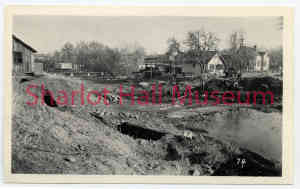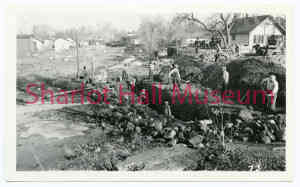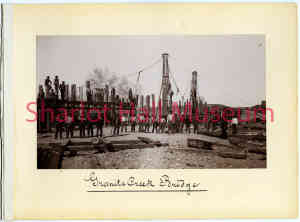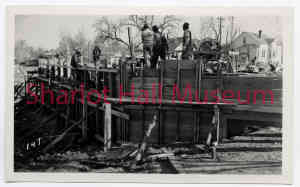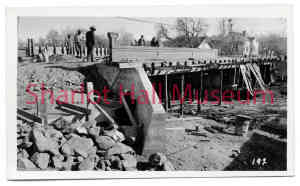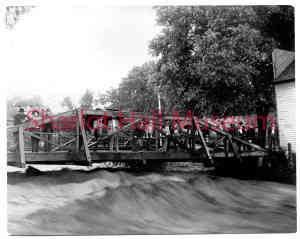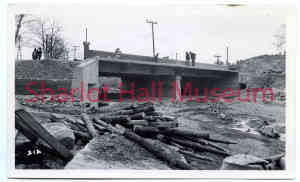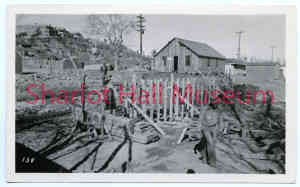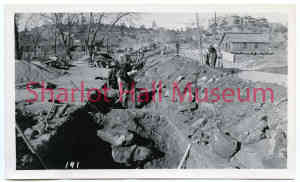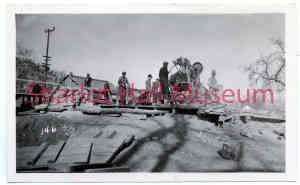1015-0103-0001
<p>Aubrey Street Bridge</p>
Bridges
1015-0103-0002
<p>Aubrey Street Bridge</p>
Bridges
1015-0103-0003
<p>Aubrey Street Bridge</p>
Bridges
1015-0111-0000
<p>Granite Creek Bridge</p>
Bridges
1015-0103-0005
<p>Aubrey Street Bridge</p>
Bridges
1015-0103-0006
<p>Aubrey Street Bridge</p>
Bridges
1015-0103-0007
<p>Aubrey Street Bridge</p>
Bridges
1015-0113-0000
<p>Granite Creek Bridge at Flood Stage</p>
Bridges
1015-0103-0008
<p>Aubrey Street Bridge</p>
Bridges
1015-0103-0009
<p>Aubrey Street Bridge</p>
Bridges
1015-0103-0010
<p>Aubrey Street Bridge</p>
Bridges
1015-0103-0011
<p>Aubrey Street Bridge</p>
Bridges


